Corporations raise funds either through debt or equity or a mix of both using different instruments available. Securities (tradable financial assets) are a kind of instruments that are a different arrangement/alternative for equity or loan. For example, owner’s equity is the money put in the business by a proprietor, whereas stocks/share equity is the security through which a company raises money by making every shareholder a partner up to the extent of the shares held by an individual/organization. Similarly a bank loan is a simple form of debt, whereas a corporate bond is a security through which company raises loaned-money and owes the principal and interest to its bond holders. Bank loans are non-standard, negotiable and are non-transferable whereas corporate bonds are standardized and are exchangeable. A corporate bond repo (or repurchases) is where a company or a bank pledges corporate bonds with another company or bank to raise money. The pledger agrees to repurchase the bonds at a specified price. To discuss the topic taken up in this article we shall follow a step by step approach to answer the following questions – “Why do we need corporate bonds?”, “Why corporate bond market has not seen success in India?”, “Nature of corporate bonds and the setup in which they are executed”, and “What is RBI doing?” The detailed-discussions pertaining to the rates of interest/returns on bonds and other financial instruments and their implications and attractiveness will be discussed in another article.
Why do we need Corporate Bonds?
Let’s talk about the need of corporate bonds in the context of Indian Economy.
To put things into perspective we start with the banking sector, where the flow (as in distribution) of money starts from, in an economy, as per the needs of individuals and businesses. Central bank of a nation (RBI) controls the money supply and the monetary policy, whereas the Commercial/Retail banks and Development Banks etc. distribute the money in the economy to the public and businesses. If we had to categorize it simply, there are three kinds of lending activities (as per the scale of loans) loans to large businesses, priority sector lending (like Agriculture, Education, SMEs etc) and micro-financing.
The real problem in Indian context is the loans to large businesses can have huge ramifications on the economy. Large companies accounted to Rs. 65.47 Trillion (58%) of the total Bank Credit till March 2016 when the NPAs (Non-Performing assets or Bad Loans) stood at roughly the Rs. 6 Trillion mark. By this estimate if 10% of the loans to the large scale companies were to become NPAs, then the lending banks will soon be out of business. That’s a huge setback to the economy and would sabotage it. However there are mechanisms like restructuring of loans, writing off the assets etc. for practical purposes. The overall effect is less credit offtake in the economy due to poor confidence level in the business-environment.
| FACTS: If we look at the size of corporate bond market in India, it is about Rs. 19 Trillion (14% of the GDP), whereas the bank assets amount to 77% of the GDP and market cap to the GDP ratio is roughly around 70%. At present the corporate bonds are largely issued by financial firms and PSU-corporations and their supply vanishes as soon as it is up for issuance. |
How corporations might deal with Debt-shortage?
- Corporations can issue corporate bonds to raise money for their finances in the scenario wherein banks have a limited capacity and confidence.
- Corporate bonds are similar (not identical) in nature to that of bank loans. These pay regular (yearly/half-yearly) interests (except for zero coupon bonds) and the principal at the end of the maturity period.
- Like in case of bank loans, the taxation (on corporations) has a different treatment for corporate bonds than equity i.e. corporate bonds are treated as liabilities and the returns made to the investors are treated as interests and hence are not taxable. While returns made to the investors (for money raised) in the case of equity are taxable because investors hold a share of the company’s assets. In case of bonds an investor is investing as a lender. This is further explained using a small caselet wherein a company finances its assets of $10 million using Bonds and stocks with two different capital structures of 40/60 in one and only stocks in another case. The rate of return to investors are found to be 12% and 9.81 % respectively
| Capital Structure |
Bonds/Stocks: 40/60 |
Only Stocks |
| Assets |
10,000,000.00 |
10,000,000.00 |
| Sales |
5,000,000.00 |
5,000,000.00 |
| Operating costs |
3,500,000 |
3,500,000 |
| Earnings before interest and taxes (EBIT) |
1,500,000.00 |
1,500,000.00 |
| Interest (10% coupon rate) |
400,000.00 |
0 |
| Taxable income |
1,100,000.00 |
1,500,000.00 |
| Taxes (34.61%) |
380,710.00 |
519,150.00 |
| After-tax income to investors |
719,290.00 |
980,850.00 |
| Rate of return to investors |
12.0% |
9.8% |
How does this benefit anybody?
- The impact on the economy is that the liquidity and financial health of its banking system improves with lesser credit-default risk on its account.
- This arrangement would make corporations more responsible for their actions as their performances are apparently known to the market.
- If we talk about the investors they get better guarantee of the payments as loans (corporate bonds in this case) are payed back first and then only companies proceed to pay out the dividends. However this is an obvious option for safe investors or HNIs rather than high return seeking investors.
- As for corporations it can be an effective way to raise long term/short term funds without having to dilute the company control (unlike share equity). It is an effective way to deal with the debt-shortage and the corporations also receive tax benefit.
- Investors, whether HNIs, pension funds or insurance companies, can have more opportunities for diversification of their investment portfolio with corporate bonds.
Nature of Corporate bonds and the setup in which they are executed
In any exchange based mechanism there are three parties involved:
Buyers: Who buy a particular instrument with certain return expectation in a time-frame.
Sellers (Issuer): Who sells an instrument for monetary exchange in current time with some rate of return in the future.
Dealers: are the brokers/Banks who facilitate the sale and purchase of an instrument; bonds in this case (both seller and buyer are investors). As per Mr. Matt Levine (columnist) from Bloomberg, the dealers although are there just to facilitate or smoothen the process of exchange of the bonds, provide natural hedge to the volatility that could have existed if it was not for these dealers. Why? Simply because a dealer who purchases an instrument might take some time to sell it to a potential buyer. However if it was not for the dealer, a seller would have to bring down prices to get rid of the bonds and vice-versa for a buyer (Dealers provide with immediacy). However a dealer cannot just keep buying when everyone is selling (the contrarian approach). So a dealer would deal between fundamental buyers and fundamental sellers and hence you need fundamental investors for the system to exist and work. Banks are the entities that deal in corporate bonds and their appetite for risk involved in selling and buying of the bonds is limited.
For quick information, various bodies involved are security market regulator, the banking regulator, the credit rating agencies, clearing houses, stock exchanges. Then there are rules and regulations prescribed by each of these institutions.
Why has the corporate bonds market not seen the success in India?
While trying to find out reasons behind this, I discovered a host of reasons in which the whole system (from corporations and government to the banks) is involved. I referred experts’ opinions available on business newspapers as these sources bring out answers not available in text books and theories and are vociferous about the bitter truth.
Banks: Suppose a bank has a set of poor loans that were issued to the companies performing badly or disastrously. In this situation if the bank has to deal in corporate bonds of such companies and has to participate in price discovery of these bonds, it is in catch-22 situation. On one side they have to trade it at a good price on the other hand they know themselves that the bonds are not really that worth or are too risky. Banks would tend to hide the fact that they have been sitting on large set of poor loans. They are better off giving loans rather than trading in bonds as otherwise they will have to provide this crucial information to the market as per the regulations. This will further bring down the value of these bonds.
Corporations: Corporations performing poorly are already laden with loans and would avoid issuing more debt securities that they cannot sustain. Also they like to keep this information from going public.
Government: The better price discovery resulting from an efficient bond market will expose the full-extent of NPAs (non-performing assets) lying with the banks in the form of over-leveraged corporate loans and securities. This may cause serious problems to both corporates and banks in the short term. Given the short-cyclic nature of elections in India, governments would not want a dent in their ruling tenure.
What is the RBI doing?
Simply put, what RBI is doing is that it is trying to reduce frivolous loan sanctions and pass on the responsibility to the corporations on one hand making the credit offtake much stringent and on the other hand paving way to develop the corporate bonds market.
RBI plans to come up with a category of borrowers called “Specified Borrowers”, who will have total fund-based exposure of the banking system (ASCL-Aggregate fund based Credit limits) of Rs. 25000Cr at the end March 2017. This limit will be brought down to Rs. 15000 Cr. in 2018-19 and to Rs. 10000Cr from the start of 2020. Over and above this limit, something called as NPLL (Normally permitted lending limit) defined as 50% over and above the ASCL will have to be set aside and an additional 3% provision beyond NPLL. The risk weightage to be assigned would be as high as 75%. This means banks would have to set aside large capital for such borrowers, increasing the cost of funds from banks to the companies. Companies that already have bank exposure much beyond ASCL will have to pay a premium for more funds (coming under the “Specified borrowers” category). This would curb the tendency of excess leveraging by corporates and safe-guarding the banking system. However if there was an efficient corporate bonds market, the need for more funds could be fulfilled through raising funds with exchangeable bonds.
RBI has announced its plans to help develop corporate bonds market and we are just a legislation-away from seeing it in effect. Central banks would accept non-sovereign bonds as collateral. Brokers shall be allowed to deal in corporate repos and foreign investors will also be allowed to trade directly. Till now RBI allowed only the bilateral repurchases of corporate bonds making them illiquid whereas it allowed the repurchases (trading) of government (sovereign) bonds.
Liquidity of corporate bonds has been an issue of debate and this is what we discuss next.
The step taken by RBI to categorize borrowers as “specified borrowers” as seen above would direct the corporates to raise funds using corporate bonds. The supply side may shape up but there has to be enough takers who are typically HNIs (High Net worth Individuals), mutual funds, national pension systems and pension funds looking for certain yields. In current times when Rs. 6 Trillion (approx.) of assets with banks are stressed, there has to be a mechanism to ensure the safety of investments. For this, RBI is trying to pool in rating agencies and form a group of credit information companies. RBI is trying to amend laws to avail more information to these rating agencies. As per Ms. Latha Venkatesh (columnist for MINT) this would improve the confidence of investors. Also the bank should underwrite some part of the bond and RBI should progress from accepting AAA rated bonds to A rated bonds to improve the liquidity. While the journey to an operational corporate bond market is a long one, RBI is trying it’s best to create a conducive environment.
Conclusion: The idea of having a corporate bond market (with good liquidity) in Indian economy is a moot point. It is the need of the time though. This would de-risk banks from accumulating NPAs. Transferring the ownership to corporates and the fundamental investors will make the whole system less frivolous and would avail capital to the responsible companies. The risk gets shared between the investors and brings down the risk of banks that are already laden with NPAs. Effective changes in regulations to remove information asymmetries in market and political-will can only help the situation.
References:
- IIM Bangalore, Working paper no: 450. “Corporate Bond markets in India: A study and policy recommendations
- Corporate Finance, Stephen A. Ross, Randolf W. Westerfield, Jeffrey jaffe, Ram kumar kakani
- http://www.thehindubusinessline.com/portfolio/beyond-stocks/when-ppf-scores-over-taxfree-bonds/article5822812.ece
- http://www.livemint.com/Opinion/64IOr9Q0A1GTu7AVGchHqK/Why-no-corporate-bond-market.html
Disclaimer: This study is based on use of information from text books, newspaper articles, internet-trends and observations in general. The data collated through different sources like World Bank, RBI has been duly credited to and are indicative in nature. The author doesn’t claim any ownership or the veracity of figures mentioned. The ideas that have been borrowed have been duly credited to and other self-proposed ideas are inconsequential and meant only for the academic-engagements of the institute.”
Author : Gaurav Chauhan
Senior Research Fellow, Great Lakes
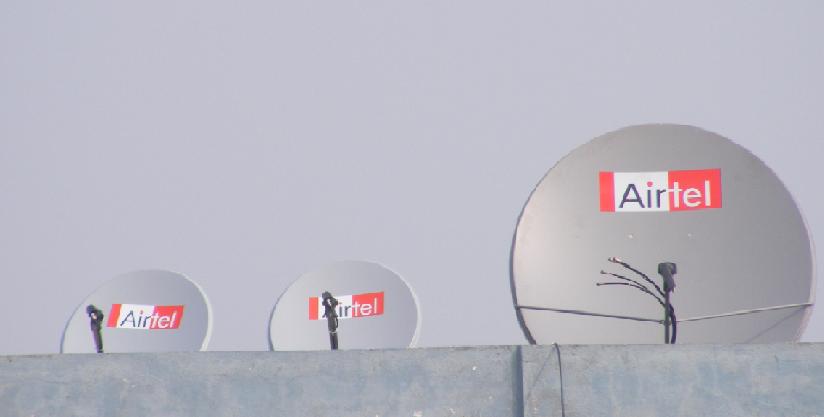
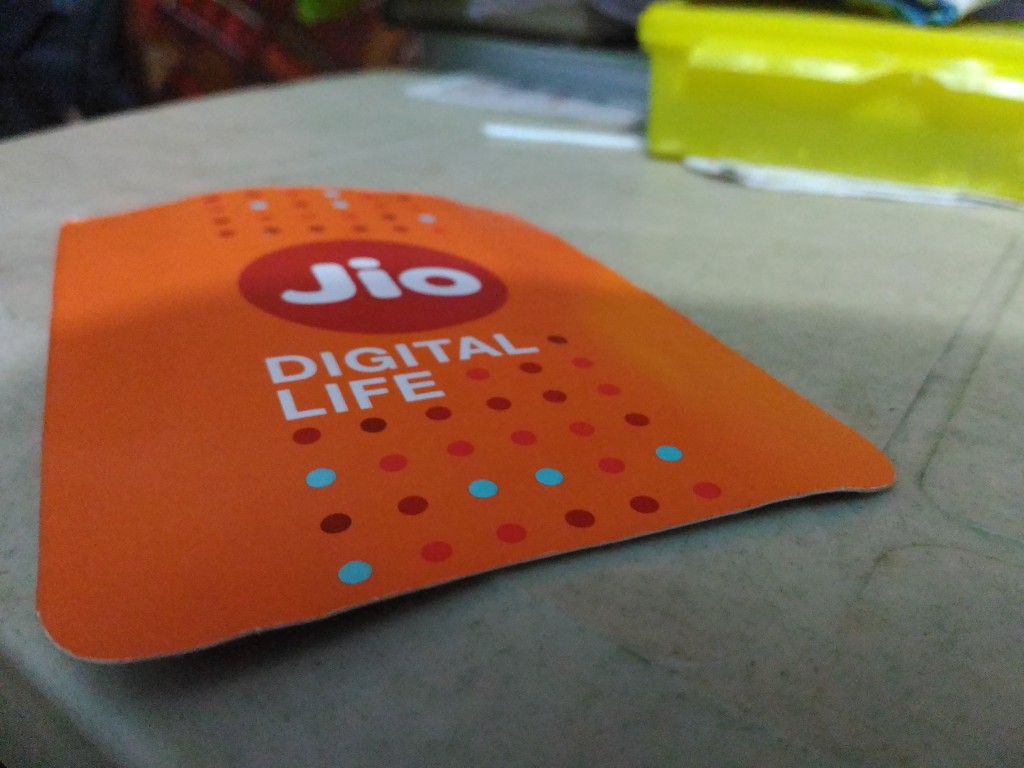

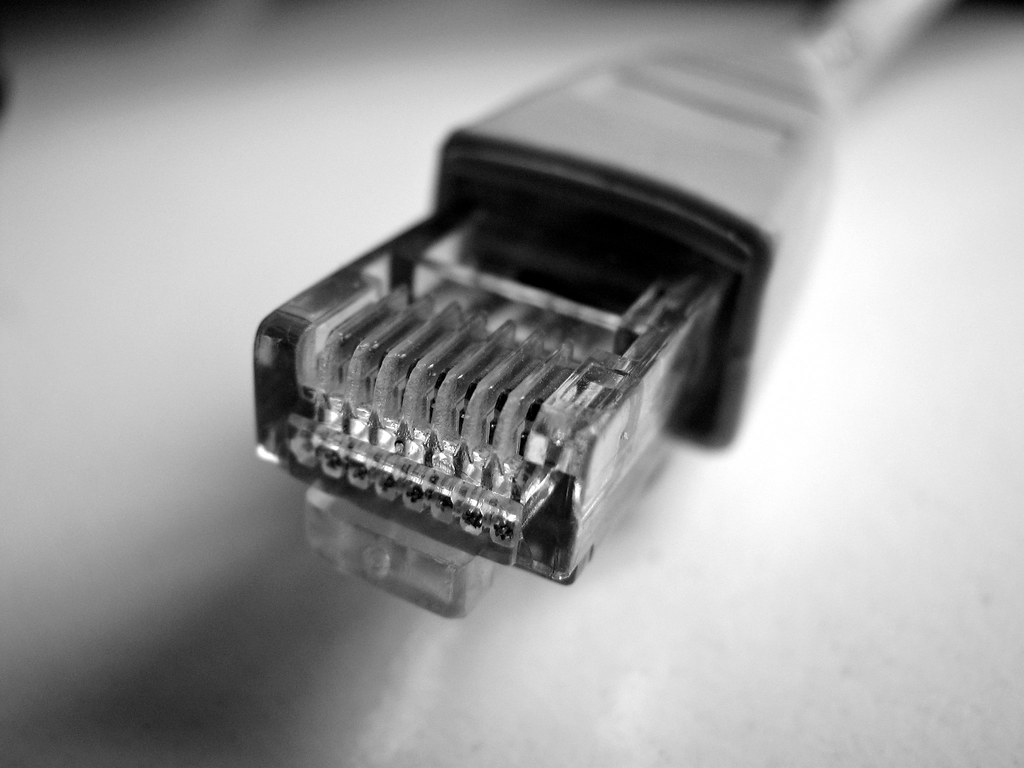
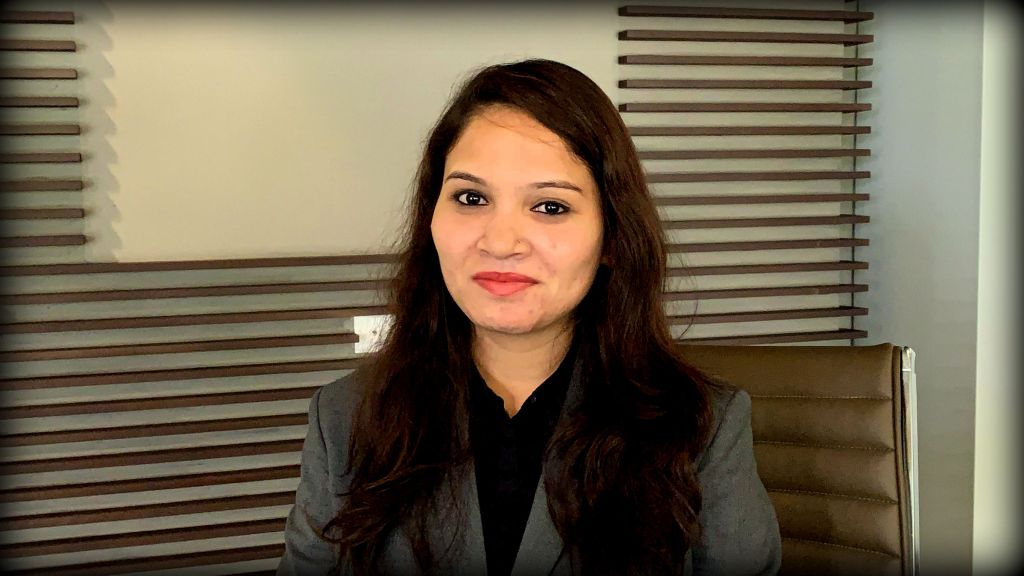

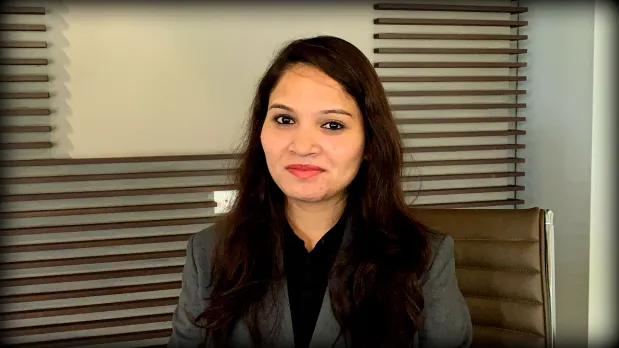





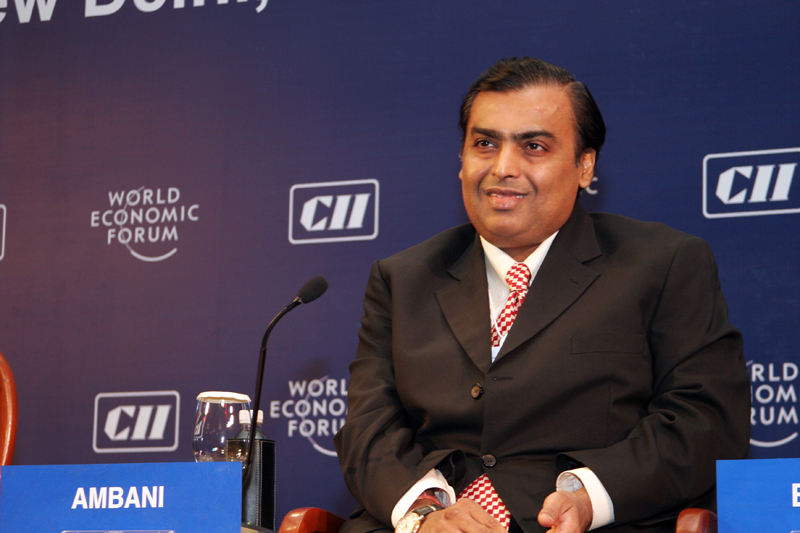







 It has been 5 years since Amazon came to India, loaded with $5 Billion worth of committed investment to establish amongst the then home-grown marketplace, Flipkart and Snapdeal. In no time Amazon expanded its wings. Since its inception in June 2013, Amazon has grown both in terms of scale and brand value. Though it may seem to be a simple strategy,
It has been 5 years since Amazon came to India, loaded with $5 Billion worth of committed investment to establish amongst the then home-grown marketplace, Flipkart and Snapdeal. In no time Amazon expanded its wings. Since its inception in June 2013, Amazon has grown both in terms of scale and brand value. Though it may seem to be a simple strategy,
 Social media has emerged as an integral part of our daily lives. As of April 2018, the active social media users are more than 3.3 billion. This number is staggering and qualifies to be a world in itself. When fabricating a startup, you have to go where your group of onlookers are and engage with them keeping in mind the end goal to develop your business plan. Today, the place to run advertisements is web-based platforms such as Facebook, Twitter, Instagram, Snapchat and the sky is the limit. These social channels act as a bridge between the individuals and brands. They have turned into a vital component to increase exposure, raise brand mindfulness, create leads and boost client transformation rates. This is particularly critical for startups that are working with little spending plans, in an ever-increasing competitive entrepreneurial market. This information-driven advertising approach helps you direct your focus on individuals rapidly so they can be acquainted with the startup offerings at the click of a mouse. Social media hands over an opportunity of easy access for customers and to get a genuine feedback from its potential client in a shorter traverse of time. We can explore different avenues regarding our internet-based content to catch the essence of the offering among clients of various demographics. In order to integrate social media marketing with other communication channel and to have a competitive edge, startups ought to maximize the online presence by working on an effective social media strategy.
Social media has emerged as an integral part of our daily lives. As of April 2018, the active social media users are more than 3.3 billion. This number is staggering and qualifies to be a world in itself. When fabricating a startup, you have to go where your group of onlookers are and engage with them keeping in mind the end goal to develop your business plan. Today, the place to run advertisements is web-based platforms such as Facebook, Twitter, Instagram, Snapchat and the sky is the limit. These social channels act as a bridge between the individuals and brands. They have turned into a vital component to increase exposure, raise brand mindfulness, create leads and boost client transformation rates. This is particularly critical for startups that are working with little spending plans, in an ever-increasing competitive entrepreneurial market. This information-driven advertising approach helps you direct your focus on individuals rapidly so they can be acquainted with the startup offerings at the click of a mouse. Social media hands over an opportunity of easy access for customers and to get a genuine feedback from its potential client in a shorter traverse of time. We can explore different avenues regarding our internet-based content to catch the essence of the offering among clients of various demographics. In order to integrate social media marketing with other communication channel and to have a competitive edge, startups ought to maximize the online presence by working on an effective social media strategy. With the dawn of modern ages and increased consumerism, there has been a major shift in customer attitudes. The buyer of today is more prudent and very avaricious when it comes to spending, majorly in the case of high involvement goods and services. He asks a million questions before engaging in any transaction, not because he is a Scrooge, but because he has knowledge.
With the dawn of modern ages and increased consumerism, there has been a major shift in customer attitudes. The buyer of today is more prudent and very avaricious when it comes to spending, majorly in the case of high involvement goods and services. He asks a million questions before engaging in any transaction, not because he is a Scrooge, but because he has knowledge.




















